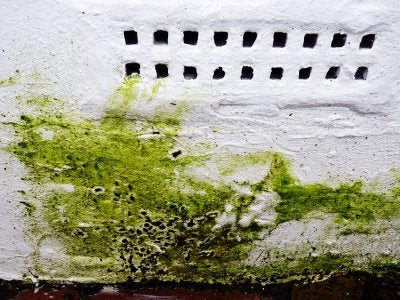No one wants to live in a home, or work in an office, that is filled with mold. Luckily, there are ways to test for mold. If you suspect that you may have mold growing in your home, don’t hesitate to contact a mold remediation professional in San Francisco to schedule an inspection and a mold test .
Common Types of Mold Found in Homes 
Knowing how to identify mold is your first line of defense against it. When mold is growing out in the open, it’s pretty easy to recognize—it looks like dark-colored fuzz, usually occurring in clusters or spotted patches speckled across a surface. There are three types of mold that are commonly found in homes: Aspergillus , Cladosporium , and Stachybotras . The first two are relatively harmless, mainly responsible for minor allergic reactions and lung issue. Stachybotras , on the other hand, can really be cause for concern. Known as toxic black mold, Stachybotras can pose a serious health risk, and may send you to the emergency room if you’ve been continually exposed to it for a steady period of time. If you have black mold in your home, you need to call a mold remediation expert immediately.
Testing for Mold Using Store-Bought Test Kits
Ideally, when testing your home for mold, you want to perform the test before a deep cleaning, and then again afterward to make sure that you’ve eradicated the problem.
You can readily purchase a mold test kit at your local hardware or home-improvement store. These kits are fairly straightforward to use, usually requiring homeowners to send prepared samples to a laboratory. They range in prices depending on the companies and how involved the tests are. Be forewarned – these test kits have been known to be unreliable.
Hiring a Professional
For peace of mind, hire a professional mold specialist to test your home. Only a trained technician has the knowledge and proper equipment to perform a comprehensive and accurate test.

